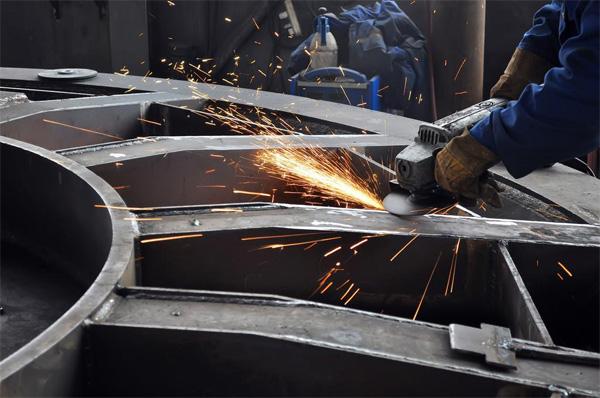1. Angle grinder: Thousand blade blades or stainless steel bowl brushes can be installed on this tool as needed; The installation of the blade can be used for polishing welding spatter, surface scratches and scratches, smoothing of weld seam excess height, and polishing of machining excess height;
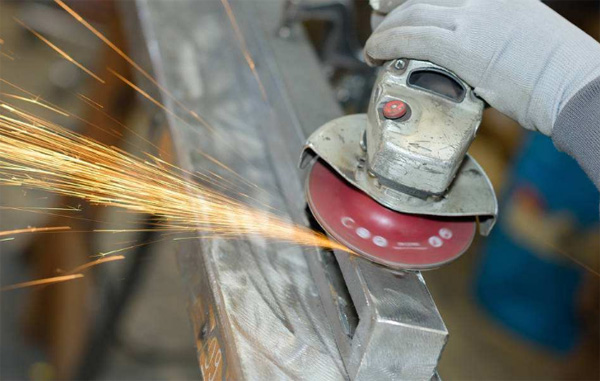
Installing a stainless steel bowl brush can polish long weld seams, mainly to remove the oxide skin in the welding area. The surface of the polished weld must not have defects such as cracks, weld nodules, burn through, arc pits, and sand holes. After polishing, the weld seam must not have surface pores, slag inclusions, arc pits, cracks, arc scratches, ignition and other defects.
2. Straight shank polishing machine: Only specialized stainless steel bowl brushes can be installed on this tool; This tool can only perform pre weld grinding work on long weld seams, and the main difference from an angle grinder is that the grinder can obtain the same texture as the long weld seam.
3. Direct grinding machine: Rotary files, sandpaper wheels, etc. can be installed on this tool as needed; The installation of a cone head rotary file can be used for polishing weld joints, polishing defects in small spaces, excessive polishing of deep scratches (below 1mm depth), polishing of machining surplus in narrow spaces, and local fine grinding; Installing a sandcloth wheel can perform small space polishing and polishing that cannot be completed by an angle grinder, as well as polishing rounded areas.
4. Scraper: This tool can remove edges and burrs, making the corner area of the workpiece smooth and excessive.
5. Air gun: This tool is used to clean aluminum shavings and dust on the surface of workpieces after polishing; For safety reasons, it is prohibited to blow directly into the human body.
6. Air duct: This tool is used to connect the air source with the pneumatic tool; For safety and energy conservation, if there is a leakage in the air duct, the air source should be turned off in a timely manner and maintenance personnel should be invited for repair.
7. Polishing machine: Use a cloth wheel to polish stainless steel products into a glossy surface or weld area before polishing. Before polishing, the surface of the product needs to be sandblasted to prevent a matte finish. After polishing, the welding surface must not have defects such as pores, slag inclusions, arc pits, cracks, arc scratches, or sparks.
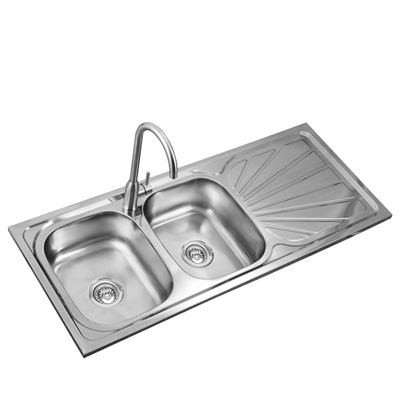
8. Wire drawing machine: Use a drawing wheel to wire the surface or welding parts of stainless steel products with XXX mesh. After wire drawing, the surface of the product should have consistent wire direction and thickness. There should be no obvious layering, blackening, or yellowing.
After polishing, there should be no unevenness on the surface of the components, and no burrs, dents, or sand holes are allowed.
After polishing, the overall surface should be smooth. The surface of stainless steel products or welding areas should be treated with XX mesh wire drawing.
After wire drawing, the surface of the product should have consistent wire direction and thickness. There should be no obvious layering, blackening, or yellowing.
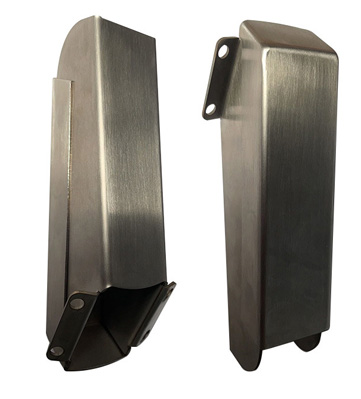
1. Whether the overall size after polishing meets the product size requirements.
2. After polishing, the surface of the components should be smooth, without any unevenness or welding defects.
3. There is no obvious uneven polishing on the surface of the components, and the overall surface is consistent.
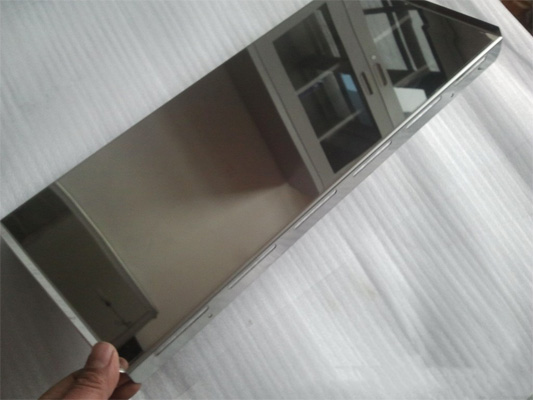
1. Grinding before welding
Grinding range: 15-50mm on both sides of all welds.
Operation method: When polishing long weld seams, use an angle grinder or a straight shank grinder with a stainless steel bowl brush installed to polish along the direction of the weld seam; For welds that require laser tracking and automatic welding, only a straight shank grinder can be used for polishing; When welding attachments on the surface of workpieces with relatively large welding attachments, use a blade to polish the welding surface or polish products that require deburring treatment before welding and forming.
Technical requirements: Polishing to achieve metallic luster, ensuring that there is no oxide film in the welding area, polishing patterns parallel and uniform with the direction of the weld seam, and polishing depth not exceeding 0.2mm.
2. Grinding of weld seam excess height
Grinding range: 25-50mm area on both sides of the weld seam.
Operation method: When the angle grinder is working, it should be parallel to the polished surface to remove the excess height of the weld seam; When there is a depression in the weld seam, the standard is to not damage the base material, and it is strictly prohibited to use a blade end oblique shovel to polish the surface.
Technical requirements: The surface to be polished must be smooth; Not damaging the base material, with a removal amount of no more than 0.2mm as the standard; The surface texture of the polished part must be consistent, and irregular polishing is strictly prohibited along the direction of the weld seam.
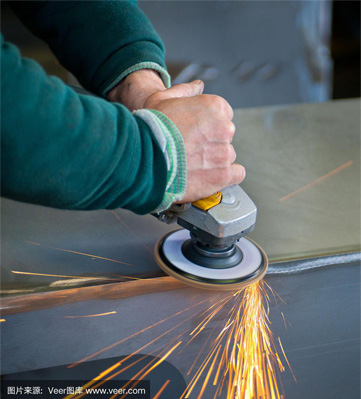
3. Remove surface scratches
Polishing range: Take a rectangular frame and cover the scratched area.
Operation method: Use a polishing tool to polish in a certain direction, not exceeding the rectangular box.
Technical requirements: The surface to be polished must be smooth; Not damaging the base material, with a removal amount of no more than 0.2mm as the standard; The surface texture of the polished part should be consistent, with large components and the oven body drawing horizontally and small parts drawing along the same direction; Irregular polishing is strictly prohibited.
4. Polishing of excess machining height
Polishing range: 40-50mm on both sides of the machining excess height.
Operation method: Polish along the direction of the processed vertical reinforcement, and use an angle grinder to polish in the space where the angle grinder can be used; Use a straight grinder to polish the space where the angle grinder cannot be used; The method is the same as polishing the excess height of the weld seam.
Technical requirements: The surface to be polished must be smooth; Not damaging the base material, with a removal amount of no more than 0.2mm as the standard; The surface texture of the polished part must be consistent.
5. Use sandcloth wheels for polishing
Polishing scope: Polishing the edges and corners of small spaces such as wire holes or polishing some parts with polishing requirements.
Operation method: Use a straight grinder equipped with sandcloth wheels to polish the edges and corners.
Technical requirements: The surface to be polished must be smooth and visually meet the requirements indicated on the drawing, with no sharp edges or corners to the touch as the standard; Not damaging the base material, the standard is that the removal amount of the base material does not exceed 0.2mm.
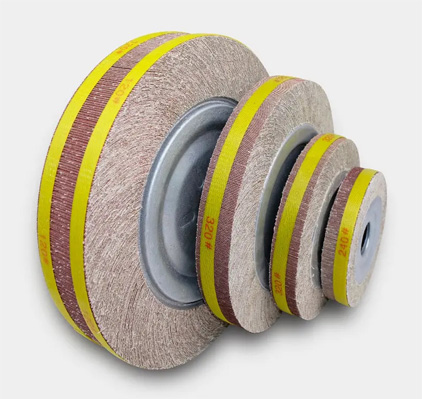
6. Use a wire drawing machine for wire drawing treatment
Wire drawing scope: To perform wire drawing treatment on the polished or scratched surface of parts after welding and processing.
Operation method: Use a wire drawing machine to perform wire drawing treatment on the polished or scratched surface to ensure that the wire direction on the workpiece surface is consistent and the luster pattern is consistent.
Technical requirements: The surface of the wire drawing should be smooth and have consistent glossy patterns, with a standard of visually meeting the requirements indicated on the drawing and a rough touch feeling when scraping the hand; Not damaging the base material, the standard is the overall grain, silk grain direction, uniform color, and consistent thickness.
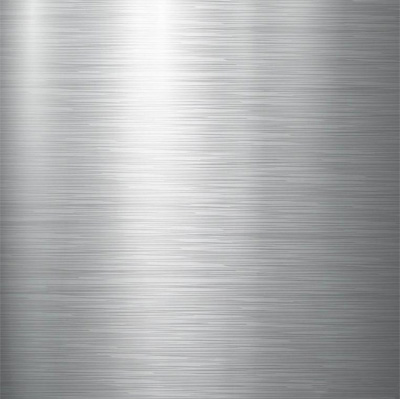
7. Grinding of welded joints
Polishing range: Use a straight grinder to polish the weld joints and the arc starting and ending points of the segment welding.
